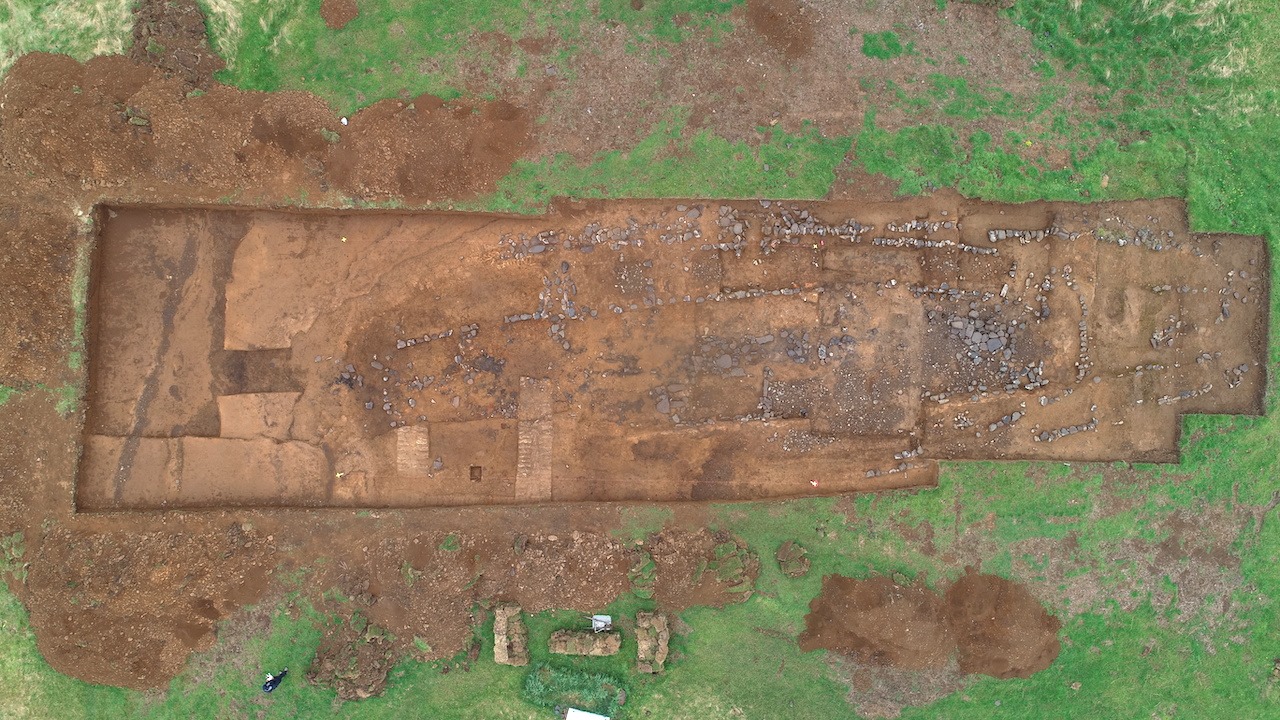Viking Age Excavation Could Rewrite the Story of Iceland's Settlement
Saturday, 13 June 2020

Photo: Bjarni F. Einarsson
A Viking Age excavation in East Iceland is revealing a more nuanced history of the settlement of Iceland, involving seasonal settlements, wealthy longhouses, and walrus hunting long before the island was settled permanently. The site, known as Stöð and located in Stöðvarfjörður fjord, shows human presence in Iceland decades before AD 874, the accepted date for when Iceland was permanently settled.
One of the Largest Longhouses Found in Iceland
Bjarni F. Einarsson, leader of the excavation at Stöð, took the first digs at the location in the autumn of 2015. The excavation is ongoing but has already produced findings that illuminate the early history of Iceland. “We are currently excavating what is certainly a Viking-Age farmstead, dating back to 860-870 AD according to my estimate.” The longhouse is among the largest found in Iceland, 31.4m (103ft) long. “It is also the richest longhouse ever excavated in Iceland. We have found 92 beads and 29 silver objects, including Roman and Middle-Eastern coins.” The bead horde at Stöð is twice as large as the next two largest found in Iceland combined. In fact, it is one of the very largest ever found at a Viking-Age site in all of Scandinavia.
Older Longhouse Predates Settlement By Decades
Even more interestingly, the farm is built on the ruins of an even older longhouse. “It was built inside the fallen walls of the older structure that appears to have been huge, at least 40m (131ft) long.” To put this in context, the largest longhouses found in Scandinavia measure 50m (164ft). “It also appears to be at least as old as the oldest structures we have previously excavated in Iceland. Based on radiocarbon dating and other evidence, I estimate this structure dates to around 800 AD.”
Bjarni’s theory is that the older longhouse was a seasonal hunting camp. He believes such camps were operated in other parts of Iceland as well. “We have found several sites in Iceland where we can confirm human presence before the year 874. The site on Aðalstræti in downtown Reykjavík is one. Another is Vogur in Hafnir [Southwest Iceland].”
More:
http://viking-archaeology-blog.blogspot.com/2020/06/viking-age-excavation-could-rewrite.html
(This link leads to this link):
https://www.icelandreview.com/culture/viking-age-excavation-could-rewrite-the-story-of-icelands-settlement/?fbclid=IwAR0oXvnEbRT9RFBhKx9cjn_k22b-nakeL1ucP6LEFAMjSi8EAWsg7awSiZU
